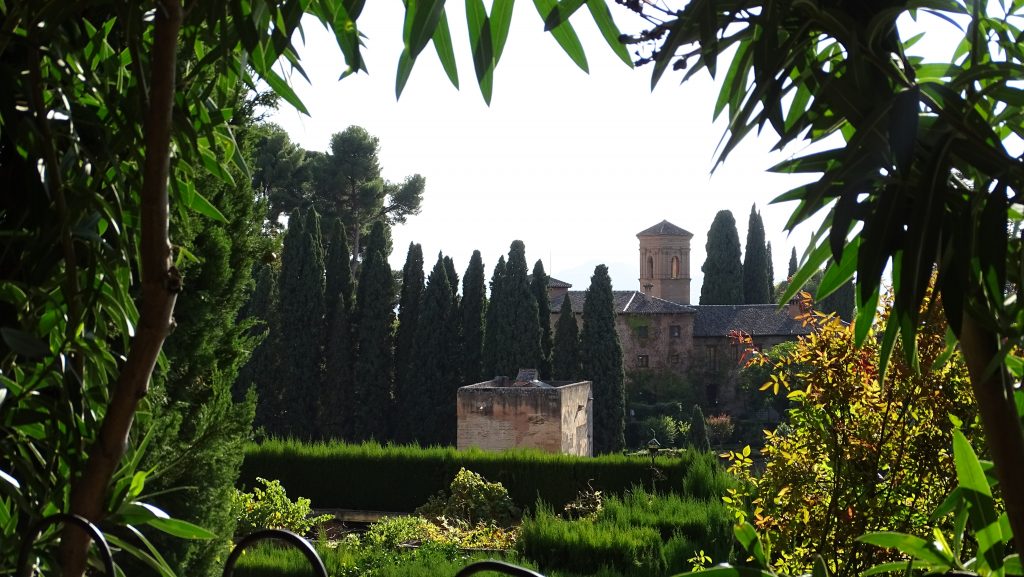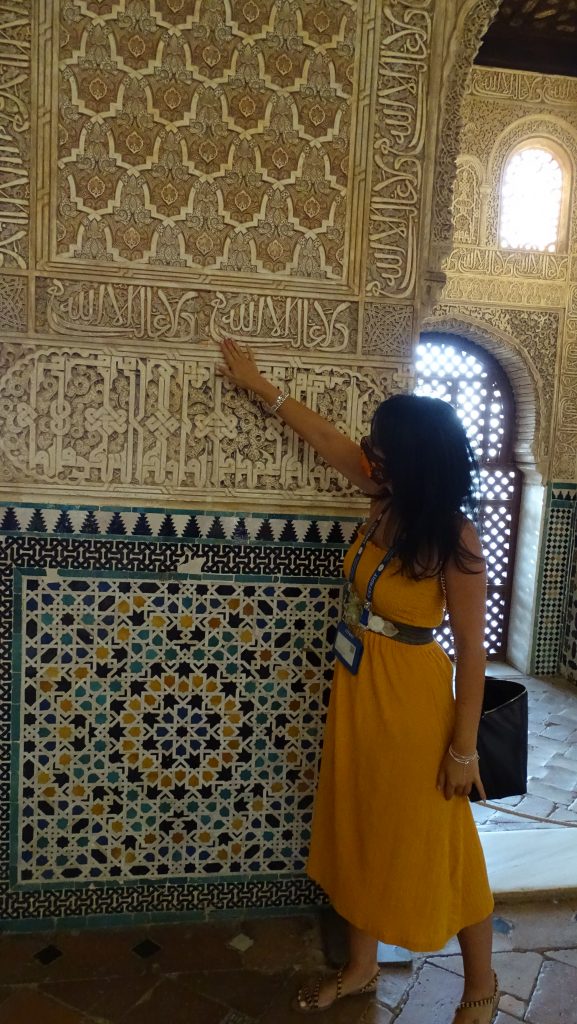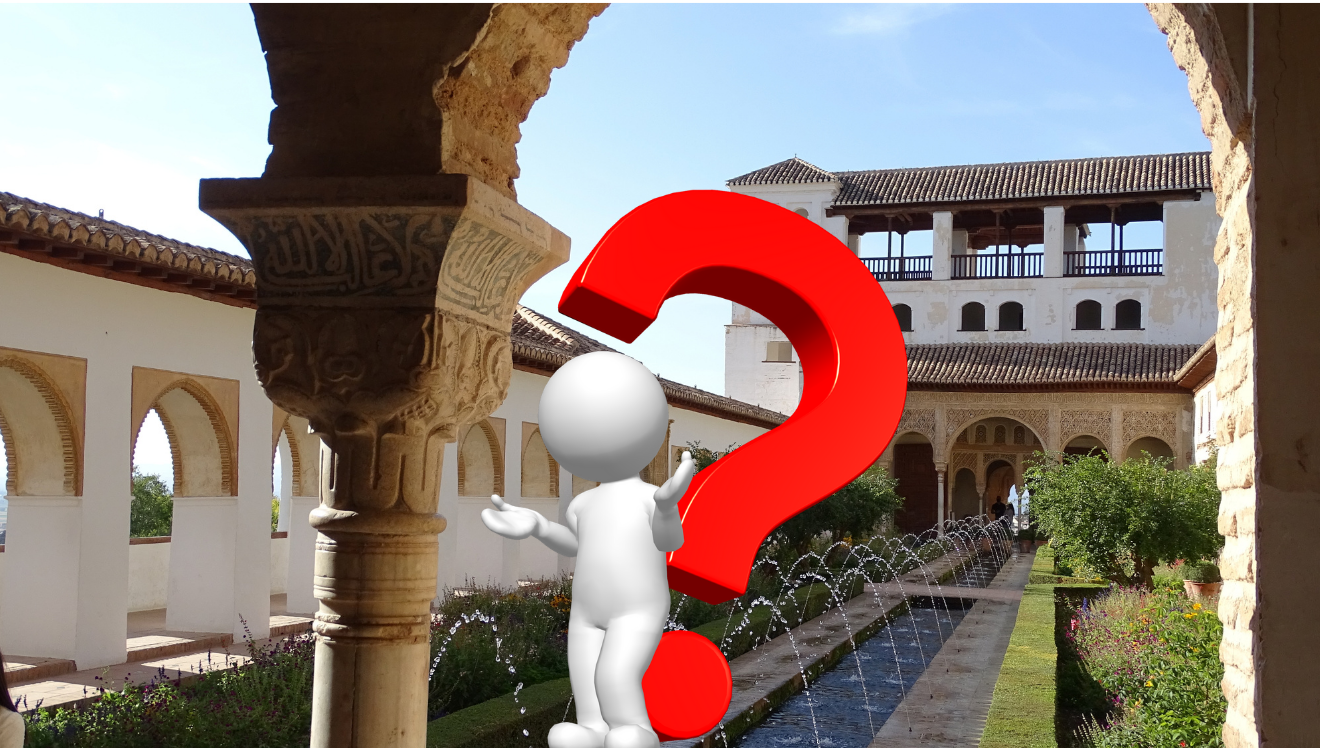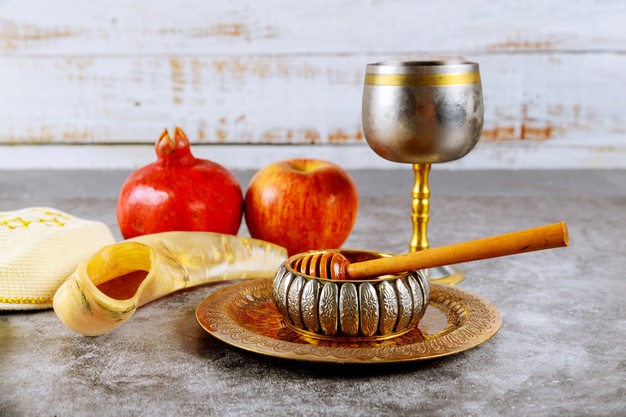What?
What Alhambra ticket to buy? When we access the ticket sales portal for the Alhambra at https://tickets.alhambra-patronato.es/en/ we see that there are up to nine options for tickets to the monument and perhaps here we are not clear which one to choose. If what we want is to do a full daytime visit, then the first option is the one that interests us the most. The one that is identified as “Alhambra General”. Its price is 14 Euros per adult to which it will be added a 0.85 Euros fee for management expenses. In addition, this option has special discounts for young people, disabilities equal to or greater than 33%, people over 65 years old (but be careful! Only for citizens within the European Union) and children between 12 and 15 years old. Children between 3 and 11 years old do not pay admission, but they will have to be added when making the reservation because they will need to have a child’s ticket with them. IMPORTANT: If we travel with children from 0 to 2 years old, we will have to go to the Alhambra ticket office beforehand to collect an infant’s ticket and those families with more than 3 children under 12 will have to call 0034 958 889 002 to book their tickets.

In addition to following these indications, our advice is that we buy the ticket as far in advance as possible to be able to select the time of access to the Nasrid Palaces that interests us the most. In summer it is highly advisable to visit the monument early in the morning due to the high temperatures and in winter we prefer to start the visit around 3:00 p.m., because there are usually fewer people, the temperature is usually pleasant on sunny days and the light for taking photos is excellent during these hours.
Do not forget to carry your original identity document throughout the visit, which will also serve as access, because the Alhambra has laser readers that identify your document with the one you entered when buying your ticket.
When?
When to visit the Alhambra? Perhaps the best time of the year in our opinion is late spring, around the month of May. As you can see when visiting the monument, the Alhambra is full of vegetation everywhere. Especially in the Generalife gardens we find a great variety of trees, plants and flowers that are replenished depending on the time of year. And obviously for this, spring is undoubtedly the best season. Over the years, a natural landscape ecosystem has been created in the Alhambra with gardens, orchards, farmland and forests. We are talking about more than 150,000 square meters of forest and vegetation, in addition to the famous Generalife orchards that have remained fertile since medieval times. All this biodiversity today forms a fundamental part of the monument, which we obviously visit from a historical and architectural point of view, but also from a landscape point of view.
The best photos can be obtained in this sense, on our walk from the Torre del Agua to the Generalife. We will have a panoramic view of the orchards and gardens with the Alhambra on our left and the Albaicin neighborhood as always so picturesque on our right. An image that allows us to move back in time because what we now contemplate for sure is quite similar to what the Nasrid sultans saw when they walked from their sumptuous palaces of the Alhambra to the recreational gardens of Yannat al-Arif (Generalife) .

It also happens that the month of May is usually an intermediate month between the usual overcrowding of Holy Week and again the crowds with the arrival of summer at the end of June.
Why?
Why visiting the Alhambra? Perhaps we are still undecided and have not yet chosen our destination for our vacation. Is the Alhambra a good option? Well, it is not only a good option, but we consider it an essential monument for all those tourists who visit Spain. The Alhambra is one of the most visited monuments in the world with around 3.5 million people every year and it is the only medieval palatine city of Muslim origin preserved in Europe. The uniqueness of the Alhambra is in its own architecture. While sturdy and cold stone castles were built in medieval Europe, Nasrid architects built their brilliant representation of the Muslim paradise on earth in Granada. His great achievement was undoubtedly turning the Sabika hill, a wasteland, with no water and hardly any vegetation, into a place worthy of the “One Thousand and One Nights” with ponds, fountains, ditches … and therefore full of life. His idea was to bring nature inside the palaces, so the play with light, the reflection of the water, the light columns like palm trunks … make the Alhambra a spectacle in itself. It also happens that its walls are decorated with poems that, when well interpreted, provide us with invaluable information to understand and comprehend the monument. A female poetic voice that guides us and recreates the functions of the different rooms while extolling the beauty of the monument and the power of its sultan.

Around the monument there are countless legends that will fascinate us as they fascinated the romantic travelers of the 19th century, who were captivated by the stories of the gypsies who inhabited their rooms at that time…in an Alhambra that was forgotten until then.
The Alhambra was finally declared a World Heritage Site by Unesco in 1984 and as official guides we recommend your guided tour to really understand everything that the monument offers to the visitor from its history and architecture, to its gardens and legends.
How?
How to visit the Alhambra? The Alhambra comprises about 10 hectares of land and is divided into three parts: The Alcazaba (fortress), the Nasrid Palaces (residence of the sultans) and the Generalife gardens (resting place of the Muslim kings). As it is a monument with a large extension, the visit must be carried out in a leisurely way, with time to understand the function, the decoration and the message transmitted by each of these parts.
The first option is to visit on our own, but perhaps in this way we will not be able to extract all the information that the monument can provide us. The Alhambra hides numerous symbols in its architecture that are incredibly interesting but often go unnoticed by the visitor.

There are also guided tours for groups, with a maximum of 30 people for each guide, but we do not consider this to be the best option because it does not allow you to visit the Alhambra in a relaxed way that helps to enjoy the experience with time to take photos, do questions, sit down to admire and enjoy the scenery …
Perhaps the smartest way to visit the Alhambra is to hire a private guide who will dedicate his explanation exclusively to your family. At Granada Selected Tours we have decided to set the maximum for private groups at 6 people because in this way the contact with the guide is much closer and as a result our experience will be much more enriching. We manage the purchase of tickets and advise the perfect day and time to fully enjoy the 3-hour duration of your visit. You can contact us here for any questions to plan your visit in advance or you can make your reservation directly through this link. Finally, it should be noted that, in times of high influx of tourists, if we hire a private visit we will have access to the Nasrid Palaces from a different queue from the rest of the visitors, which will greatly speed up our access and will significantly reduce waiting times.





